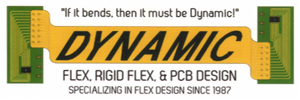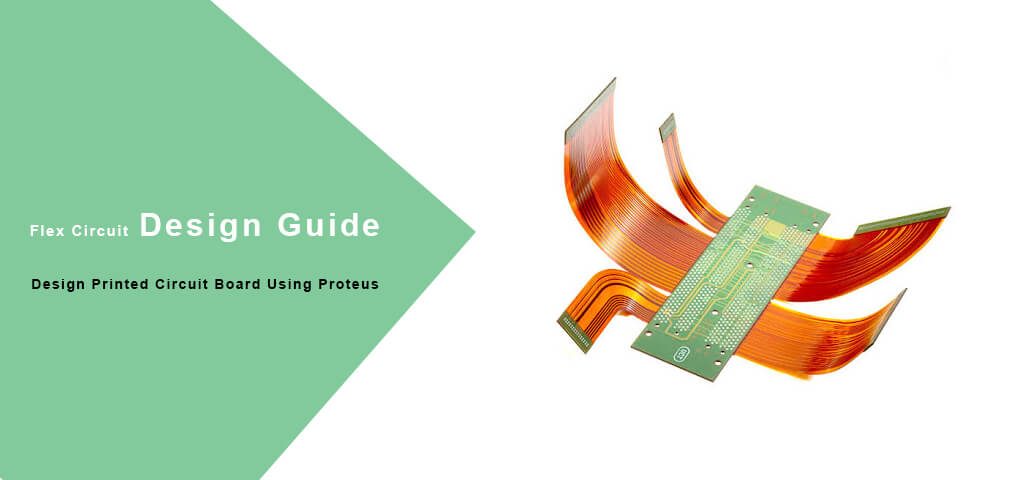Flex Circuit Design Guide: Design Printed Circuit Board Using Proteus
With the experience, continuous development and innovation of flex boards in the USA, flex circuit manufacturers add new functionalities while maintaining a simple, clear, and intuitive user flex circuit design and interface.
Design flex circuit boards using Proteus
Proteus is a flex circuit boards design software that automatically generates the list of networks. A network is a group of pins interconnected to each other, and the network list is a list of all the systems that make up our flex circuit design. ARES can receive this list of networks to design flex circuit boards. In this way, we ensure that our board will have the pins identically attached. We can consult the list of systems from the ‘design explorer’ tab by selecting the specific view.
Any changes we make to the electronic design automatically reflects in the rest of the Proteus tabs. In this way, the modification and redesign of our plate is now possible much more simply and safely.
- All versions of Proteus flex PCB include a comprehensive set of aids and tools to ease building a printed circuit board. Auto routing is available in all of them. The most advanced versions (level 2 and higher) include specific high-level functionalities.
- Proteus PCB also allows us to scale the overall dimensions of the boards. A minimum limit of 500 pins in the simplest version (PCB Starter Kit) to the highest version (PCB level 3) without size restrictions.
- Proteus is capable of managing printed circuit board projects of up to 16 copper layers, with a resolution of 10nm, and allowing the arrangement of the elements at any angle.
Manual routing
During the element placement phase, PROTEUS shows, as part of its design aid system. The connection traces and force vectors according to the list of networks defined in the ‘electronic schematic’ tab. Version 8.9 for the manual layout of tracks has been incorporated. It proposes a real-time arrangement of the route to the final destination. We can validate with the ENTER key when the result satisfies us.
Using the fingerprint stacks
Proteus offers advanced management of the fingerprints (pads) that form an encapsulation. The footprint is the ‘shape’ that we design on our flex circuit board. Proteus includes seven basic types of fingerprints and specific management for fingerprint stacks.
Automatic routing
Proteus incorporates advanced grid-based automatic track routing. Its power, speed, and flexibility allow us to generate all the routes of our flex circuit board with tracks of any thickness, using tracks of any width, at 90 or 45 degrees and managing from one to eight layers.
The automatic track tracer incorporates unique routines for treating SMD elements with pin spacing less than 25 or 50 thousandths of an inch. The technique is popular known as “break and retry”. It allows the tracks to be deleted and repositioned automatically, allowing the auto-trace operation to be completed in most medium density cards with tracks from 25 to 50 thousandths of an inch.
Finally, you can execute the last improvement operation called tidy-pass, which reduces the track’s length and the number of routes used. With it, substantial improvements become possible in the aesthetic quality of our flex circuit board.
Card paneling
Since version 8.9, Proteus includes a new advanced technique to panel multiple flex circuit boards of the same or different types. Since the insertion machines for elements are different on the market, it is essential to configure the file format used. Proteus allows setting and generating this type of file.
Track image through pads
PROTEUS automatically creates a narrower neck on the track to meet design rules.
Filter selector
The filter selector allows the selection of a device within the schema. Its purpose is solely to determine which objects are in active state. Proteus enables you to configure different combinations of filters and to switch from one to another quickly and easily from a menu option.
Output files with information for production.
PROTEUS has an optimized HPGL driver for pen plotters and a complete set of tools for flex circuit manufacturers.

